Refine search
Actions for selected content:
1562 results in RF and microwave engineering
4 - Digital amplitude modulation (ASK)
-
- Book:
- Practical Digital Wireless Signals
- Published online:
- 04 August 2010
- Print publication:
- 04 February 2010, pp 102-123
-
- Chapter
- Export citation
3 - Important details on results from Shannon, Nyquist, and others
-
- Book:
- Practical Digital Wireless Signals
- Published online:
- 04 August 2010
- Print publication:
- 04 February 2010, pp 74-101
-
- Chapter
- Export citation
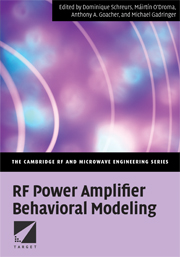
RF Power Amplifier Behavioral Modeling
-
- Published online:
- 06 January 2010
- Print publication:
- 30 October 2008
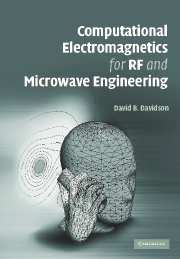
Computational Electromagnetics for RF and Microwave Engineering
-
- Published online:
- 10 December 2009
- Print publication:
- 24 February 2005
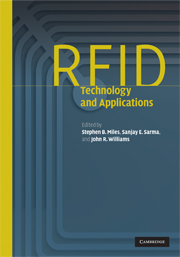
RFID Technology and Applications
-
- Published online:
- 02 November 2009
- Print publication:
- 29 May 2008
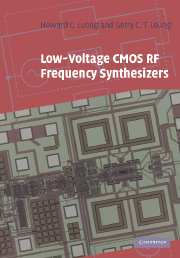
Low-Voltage CMOS RF Frequency Synthesizers
-
- Published online:
- 22 October 2009
- Print publication:
- 26 August 2004
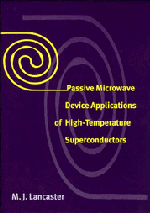
Passive Microwave Device Applications of High-Temperature Superconductors
-
- Published online:
- 14 September 2009
- Print publication:
- 13 February 1997
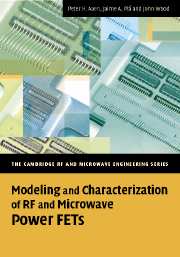
Modeling and Characterization of RF and Microwave Power FETs
-
- Published online:
- 19 August 2009
- Print publication:
- 25 June 2007
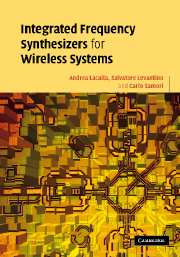
Integrated Frequency Synthesizers for Wireless Systems
-
- Published online:
- 09 August 2009
- Print publication:
- 28 June 2007
3 - Linear power amplifiers
-
- Book:
- Radio-Frequency Electronics
- Published online:
- 05 June 2012
- Print publication:
- 11 June 2009, pp 19-33
-
- Chapter
- Export citation
22 - Digital modulation techniques
-
- Book:
- Radio-Frequency Electronics
- Published online:
- 05 June 2012
- Print publication:
- 11 June 2009, pp 300-320
-
- Chapter
- Export citation
10 - Transmission lines
-
- Book:
- Radio-Frequency Electronics
- Published online:
- 05 June 2012
- Print publication:
- 11 June 2009, pp 101-119
-
- Chapter
- Export citation
Preface
-
- Book:
- Radio-Frequency Electronics
- Published online:
- 05 June 2012
- Print publication:
- 11 June 2009, pp xiii-xiv
-
- Chapter
- Export citation
27 - Radio spectrometry
-
- Book:
- Radio-Frequency Electronics
- Published online:
- 05 June 2012
- Print publication:
- 11 June 2009, pp 375-389
-
- Chapter
- Export citation
30 - RF test equipment
-
- Book:
- Radio-Frequency Electronics
- Published online:
- 05 June 2012
- Print publication:
- 11 June 2009, pp 422-433
-
- Chapter
- Export citation
4 - Basic filters
-
- Book:
- Radio-Frequency Electronics
- Published online:
- 05 June 2012
- Print publication:
- 11 June 2009, pp 34-45
-
- Chapter
- Export citation
1 - Introduction
-
- Book:
- Radio-Frequency Electronics
- Published online:
- 05 June 2012
- Print publication:
- 11 June 2009, pp 1-9
-
- Chapter
- Export citation
9 - Class-C, D, and E Power RF amplifiers
-
- Book:
- Radio-Frequency Electronics
- Published online:
- 05 June 2012
- Print publication:
- 11 June 2009, pp 87-100
-
- Chapter
- Export citation
11 - Oscillators
-
- Book:
- Radio-Frequency Electronics
- Published online:
- 05 June 2012
- Print publication:
- 11 June 2009, pp 120-133
-
- Chapter
- Export citation
16 - Waveguide circuits
-
- Book:
- Radio-Frequency Electronics
- Published online:
- 05 June 2012
- Print publication:
- 11 June 2009, pp 195-207
-
- Chapter
- Export citation
